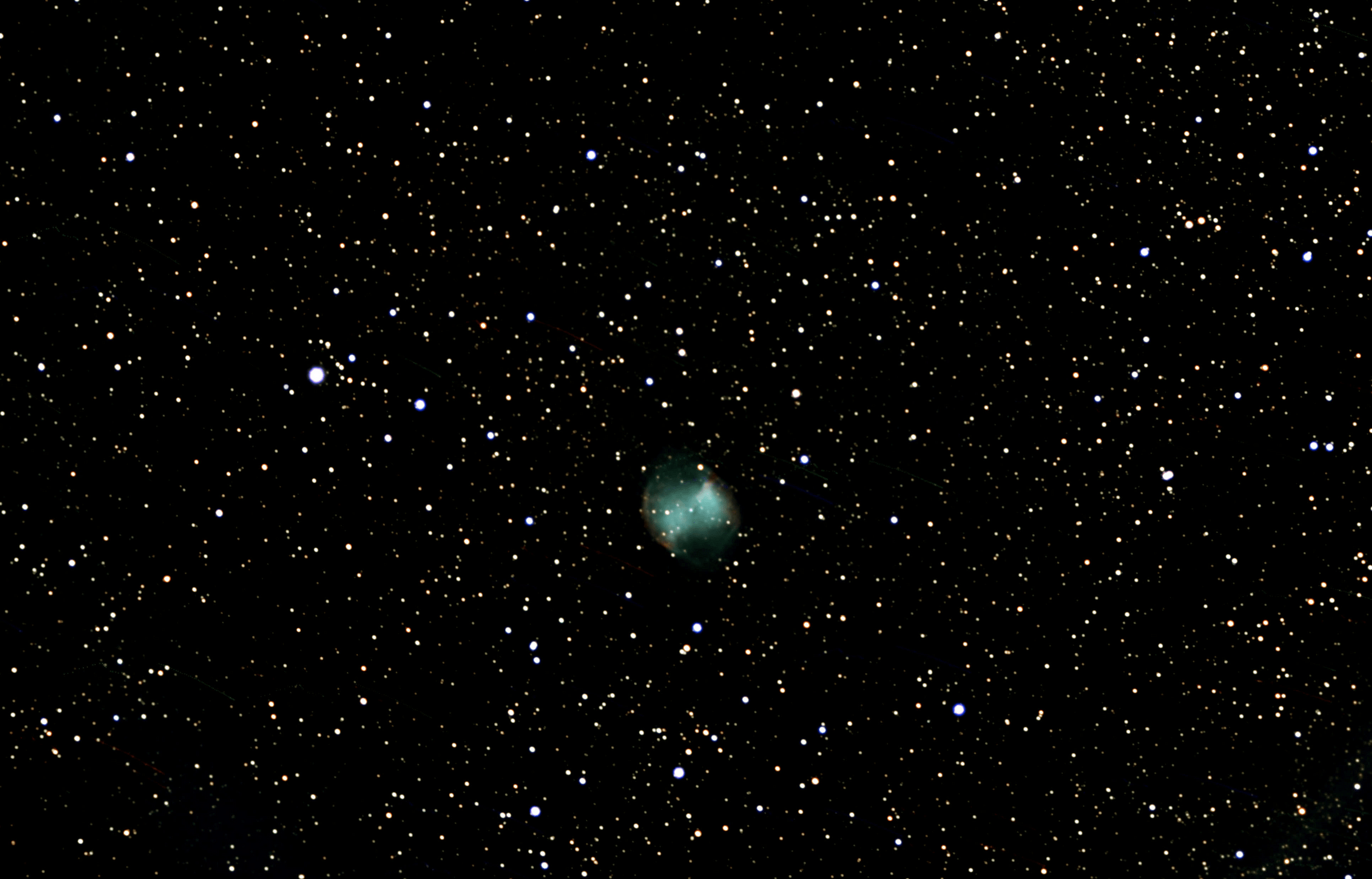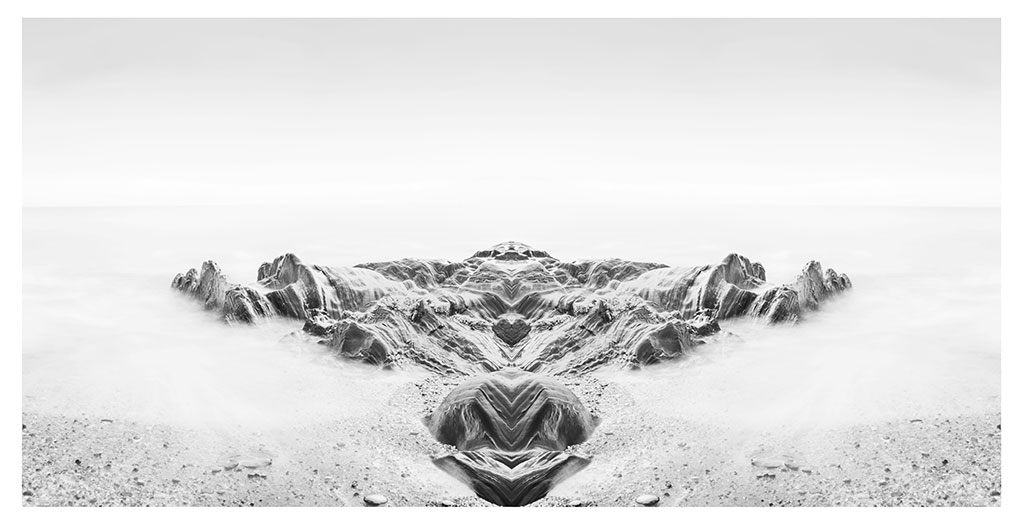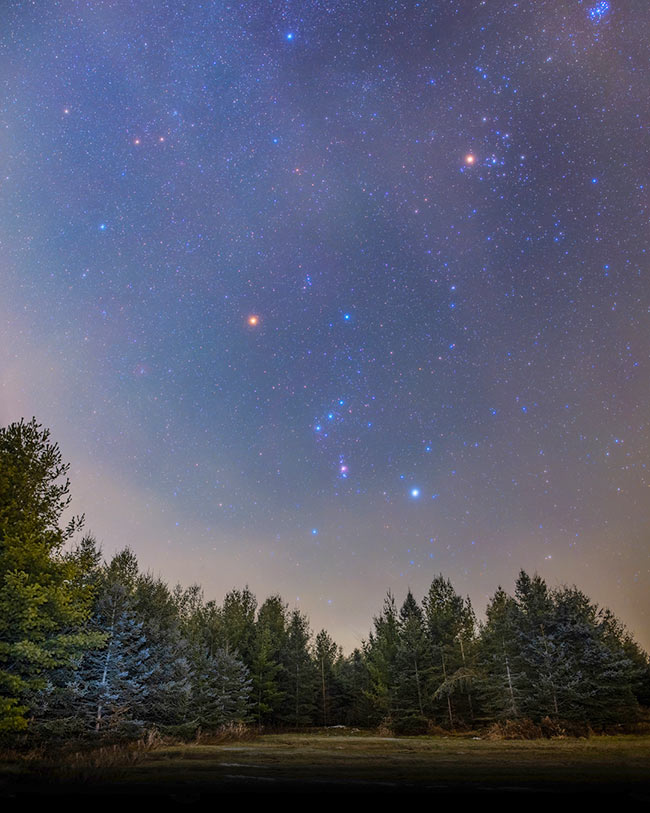Capturing the Cosmos: A Guide to Astrophotography
Are you fascinated by the beauty of the night sky and eager to capture its wonders with your camera? Astrophotography is a thrilling hobby that allows you to immortalize celestial objects and bring the cosmos to life through stunning images. In this comprehensive guide, we will provide you with essential tips and techniques to enhance your astrophotography skills and help you navigate the vast universe of capturing the cosmos.
1. Choosing the Right Equipment:
– DSLR or Mirrorless Camera: Invest in a camera with manual controls, a large sensor, and low noise performance for better results.
– Wide-angle Lens: Opt for a lens with a wide aperture and a focal length between 14mm and 35mm to capture expansive views of the night sky.
– Sturdy Tripod: A stable support system is crucial for long exposure shots, minimizing camera shake and producing crisp images.
– Remote Shutter Release: A remote trigger or intervalometer allows you to take long exposures without physically touching the camera, reducing vibration.
2. Understanding the Night Sky:
– Research and Plan: Familiarize yourself with the night sky, including the moon phase, position of celestial objects, and atmospheric conditions. Use reliable apps like Stellarium or SkySafari for accurate sky mapping.
– Dark Sky Locations: Find secluded areas away from light pollution for clearer views of the stars. Websites like DarkSiteFinder can help you locate dark sky sites near you.
3. Techniques for Astrophotography:
– Long Exposures: Use exposure times ranging from a few seconds to several minutes to capture enough light from faint celestial objects.
– Star Trails: Create stunning star trail images by using longer exposures (30 minutes to several hours) while the camera is fixed on a tripod.
– Image Stacking: Take a series of shorter exposures and combine them using software like DeepSkyStacker or Photoshop to reduce noise and enhance details.
– Timelapse Astrophotography: Capture the motion of the night sky by taking consecutive images at regular intervals and combining them into a video using software like LRTimelapse.
4. Camera Settings:
– Manual Mode: Set your camera to manual mode to have full control over exposure settings.
– Aperture: Use the widest aperture (lowest f-number) your lens allows to collect more light.
– ISO: Start with lower ISO settings (e.g., ISO 800) and gradually increase it to balance the exposure without introducing excessive noise.
– Shutter Speed: Experiment with different exposure times, from a few seconds to minutes, depending on the desired effect and available light.
5. Post-Processing:
– RAW Format: Shoot in RAW for more flexibility in post-processing and better control over the final image.
– Noise Reduction: Utilize noise reduction techniques in post-processing software to minimize noise without sacrificing image details.
– Color Correction: Adjust the white balance and color saturation to accurately represent the celestial objects and create a visually pleasing image.
– Enhancing Details: Utilize sharpening and clarity tools to bring out the fine details of stars, galaxies, and nebulae.
6. Safety Precautions:
– Weather Conditions: Avoid shooting during adverse weather conditions, such as storms or heavy fog, to protect your equipment.
– Personal Safety: Be aware of your surroundings, especially in secluded areas, and take necessary precautions to ensure your safety.
Embarking on an astrophotography journey can be both challenging and rewarding. Patience, practice, and perseverance are key to capturing awe-inspiring images of the cosmos. Remember, the universe is vast and ever-changing, so keep exploring and experimenting. With the right equipment, knowledge, and techniques, you can unveil the mesmerizing beauty of the night sky through your astrophotography endeavors. Happy shooting and may you capture the cosmos with brilliance!
(Note: Don’t forget to include high-quality images of your astrophotography work throughout the blog post to engage and inspire your readers!)











